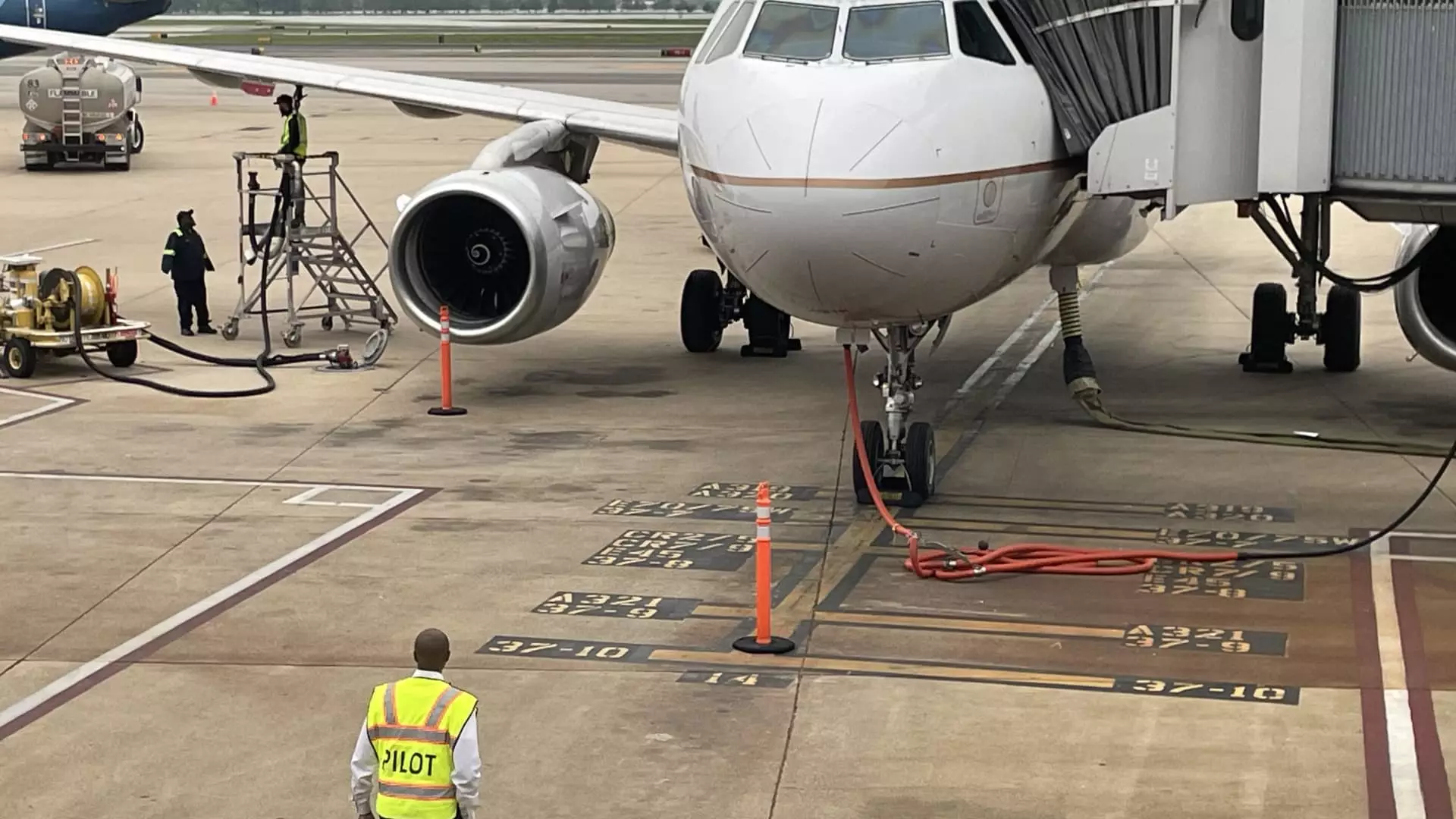The U.S. passenger airline industry has seen a significant increase in job creation since 2021, with nearly 194,000 jobs being added, according to the U.S. Department of Transportation. However, this hiring spree seems to be cooling down now as airlines have almost reached their targeted staffing levels. The slowdown in hiring can be attributed to various challenges that the industry is currently facing.
One of the major challenges that airlines are grappling with is the impact of a glut of flights in the U.S. This oversupply has led to a downward pressure on fares, ultimately eating into airlines’ profits. Moreover, the growth in demand for air travel has moderated, further complicating the situation for airlines. This has forced carriers to reassess their expansion plans and consider adjustments in response to the changing market dynamics.
Adding to the industry’s woes are delays in airplane deliveries from manufacturers like Boeing and Airbus. This has caused logistical challenges for airlines and disrupted their operational plans. In addition to this, a shortage of engines has further exacerbated the situation, leading some carriers to defer aircraft deliveries entirely. These supply chain disruptions have added to the cost burdens of airlines, impacting their overall financial health.
Another significant factor contributing to the challenges faced by the U.S. passenger airline industry is the surge in labor costs. Pilots and mechanics, in particular, have negotiated new contracts with substantial raises, marking the first such increase in years. According to aviation consultant Kit Darby, the average annual pay for a three-year first officer at U.S. airlines has risen significantly since 2019. This upward trend in labor costs has put additional strain on airlines’ bottom lines.
Excluding fuel and net interest expenses, the operational costs of U.S. carriers have surged by double-digit percentages since 2019. American Airlines, United Airlines, and Delta Air Lines are expected to see their costs climb by around 20% to 28% this year. Low-cost airlines like Southwest Airlines, JetBlue Airways, and Spirit Airlines are projected to experience even higher cost increases. This escalation in operational costs has posed a challenge for airlines in terms of maintaining profitability.
The recent U.S. jobs report showed air transportation employment remaining relatively flat in August compared to July. However, some airlines have resorted to measures like furloughs and hiring freezes to cope with the challenging environment. Spirit Airlines, for instance, furloughed 186 pilots as part of cost-cutting efforts. Other carriers, such as Frontier Airlines and Southwest Airlines, have announced plans to reduce their workforce or halt hiring in response to the prevailing market conditions.
Looking ahead, the U.S. passenger airline industry is likely to continue facing headwinds as it navigates through a complex operating environment. With ongoing challenges related to pricing pressures, supply chain disruptions, labor cost increases, and operational cost escalations, airlines will need to adopt strategic measures to sustain their operations. Despite the current uncertainties, the demand for air travel remains strong, indicating potential avenues for growth in the future. Airlines will need to strike a balance between cost management and service offerings to thrive in a competitive marketplace.


Leave a Reply